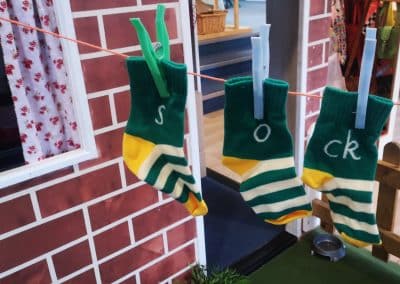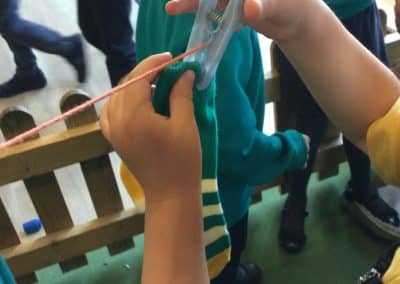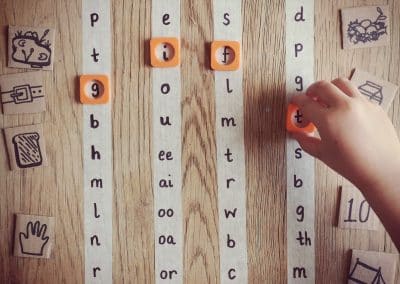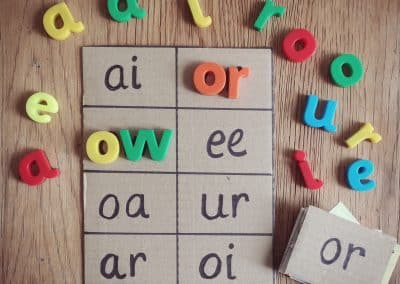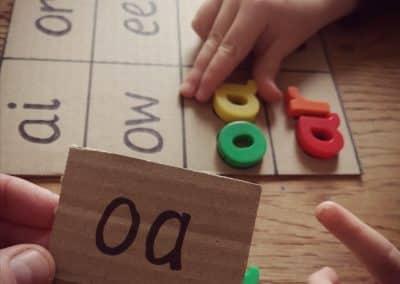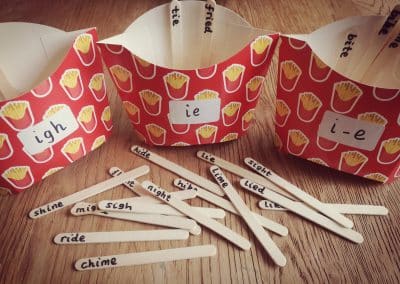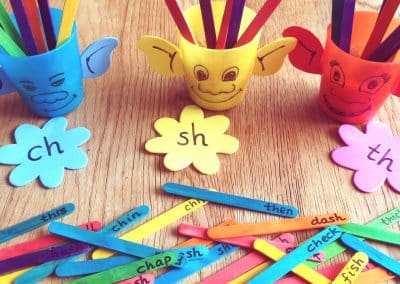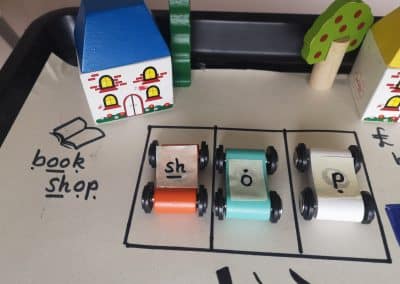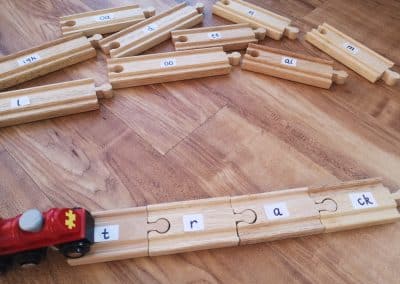Practical revisit, review and assess phonics activities
We caught up with Katie Whitehead, creator of widely followed Phonics Family on Instagram. Katie has 16 years’ experience as an Early Years Lead and Year 1 Team Leader and brings a wealth of knowledge, expertise, and passion in delivering phonics lessons and keeping it fun and playful for children. In this post, Katie shares with us a collection of phonics games, that are suitable for a revisit, review, and assessment.
The new academic year generally means a new class of children. Even though there would have been transition meetings with previous class teachers to hand over information and data, the first few weeks of the year will be spent getting to know the children in your class, assessing them and figuring out their starting points so that you can pitch and plan lessons accordingly. What the children might have known at the end of the year may well have been forgotten over the summer holidays!
Below are some practical phonics activities, which act as an alternative to flicking through flashcards or sitting down with assessment sheets. These can be used to revisit and review previously taught knowledge and formatively assess children in a non-pressured way.
1. Add phonics to role-play
Try adding some phonics resources to role-play areas, this is particularly relevant in EY settings, then sit back and observe. Role-play is a fantastic open-ended activity and children will often feel much more comfortable and confident in revealing what they know.
Here I added some phonics socks to our home corner. Children were able to clip the socks onto the washing line and as they did they were identifying the sounds and working to build words.
2. Utilise resources from other curriculum areas
An easy way of creating engaging and practical Phonics activities that provide you with the opportunity to assess the children is to use resources that you probably have around the classroom already.
Spelling slide and find
Use some masking tape and a piece of Numicon to create a hands-on way to spell words. Children pick a picture, segment the word and then move each piece of Numicon, which acts like a little window, to spell the word.
Peg Board Digraph
Use a peg board to create a graph. Write digraphs under each column of the board and place out a selection of word cards. Children pick a card, spot the digraph within the word and then put a peg above the corresponding digraph on the board.
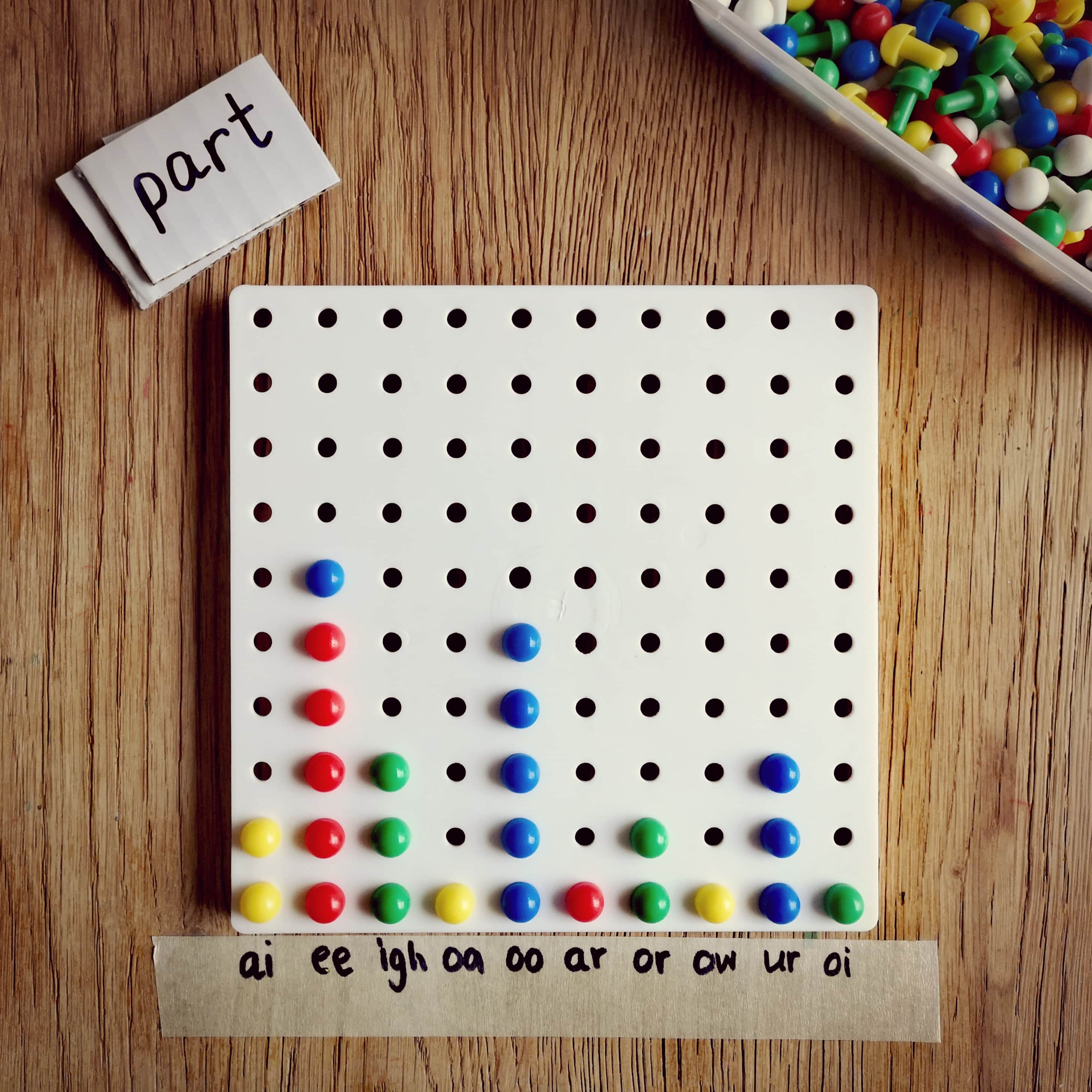
Tricky word model reading
Write some tricky words on building blocks and then create some model designs that children need to replicate.
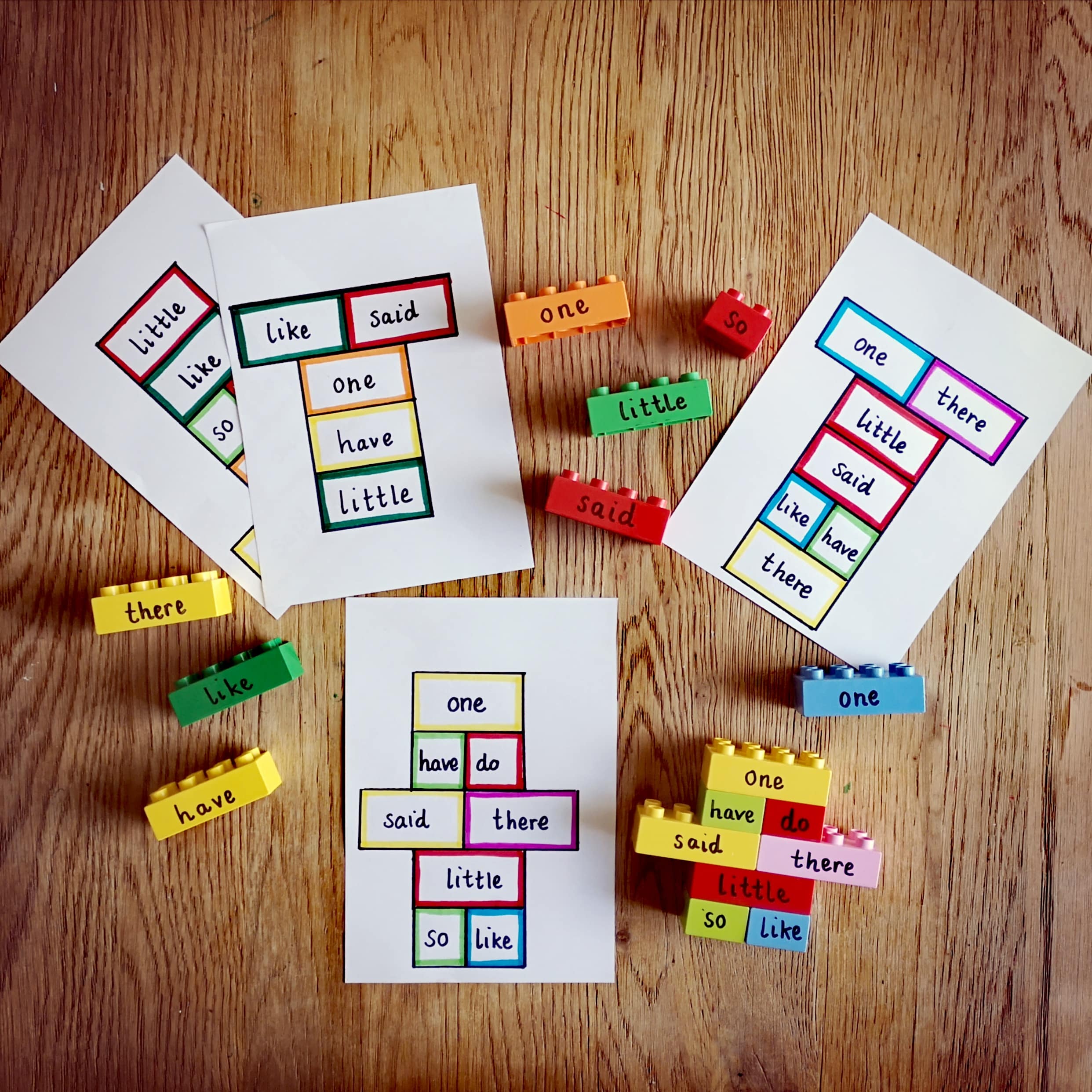
Bingo!
Playing bingo is a fun way to assess what children already know. You can place a classic game with cards or alternatively give the game an even more practical, hands-on twist.
Coin Flip Bingo
Focus on two graphemes with this game and write them on a counter. Children flip the coin and then cross out a word that contains that grapheme. They repeat until they have crossed out all of their words.

Build a digraph bingo
An adult calls out a digraph and children find the magnetic letters to build that digraph and place them on their board. The winner is the first player to build all of their digraphs.
Roll ‘n’ Read race
Each player has a dice with a different digraph written on each face. They also need a list of words that contain each of the digraphs. Children roll the dice and cross out a word that contains that digraph. They continue to roll and cross a word out. The winner is the player that crosses all their words out first.
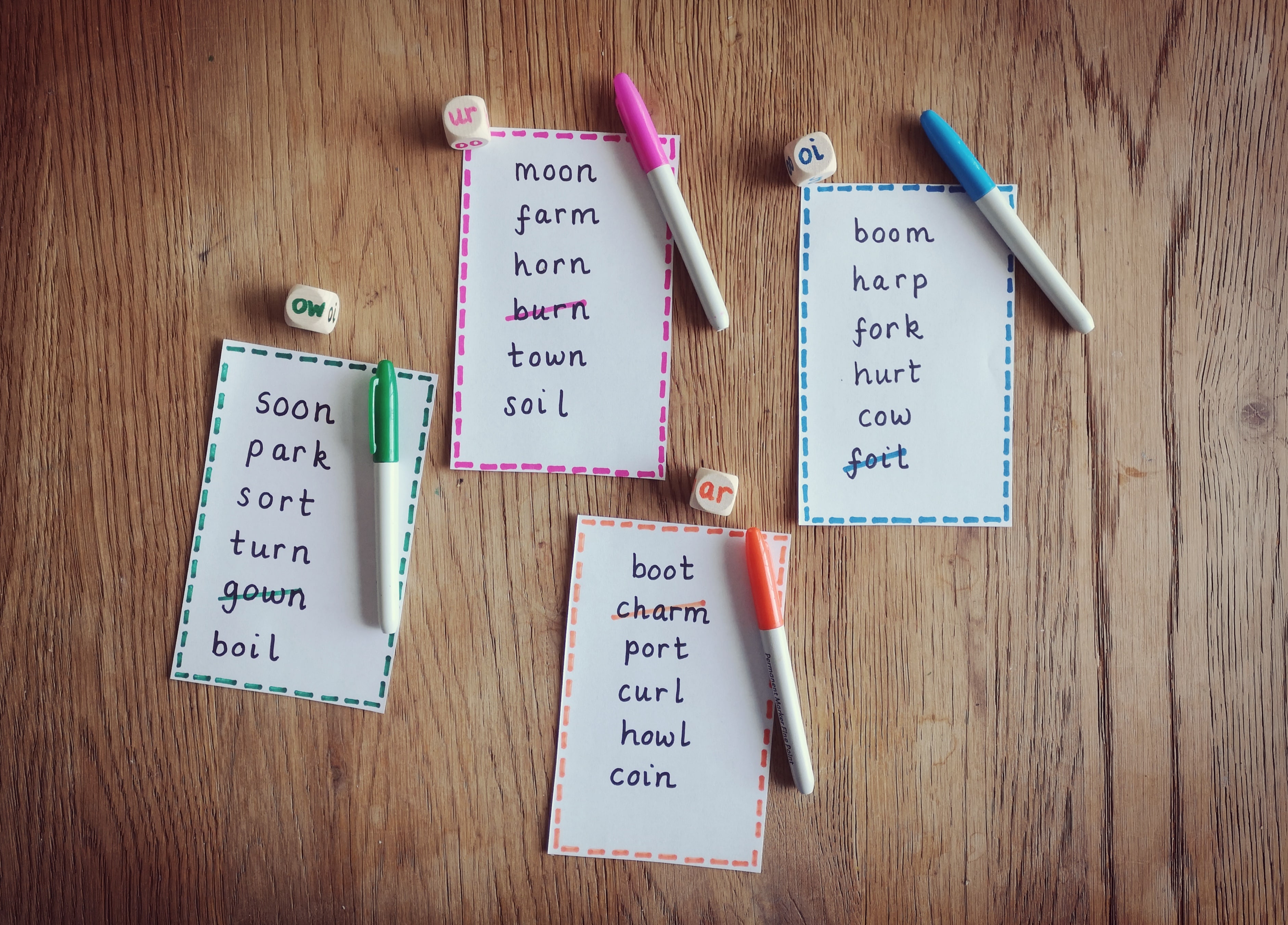
3. Sorting and posting
A great way to make identifying graphemes and reading words more practical and engaging and all with minimal resources.
4. Tap into interests
The best way for you to encourage a child to demonstrate what they know is to engage them in activities that they are interested in. If you’ve got little one that loves cars then put some letter stickers on the top of toy ones and see if they can build words. If a child loves trains then place some letter stickers on train tracks. They can then identify and blend the sounds together as they drive the train past.
